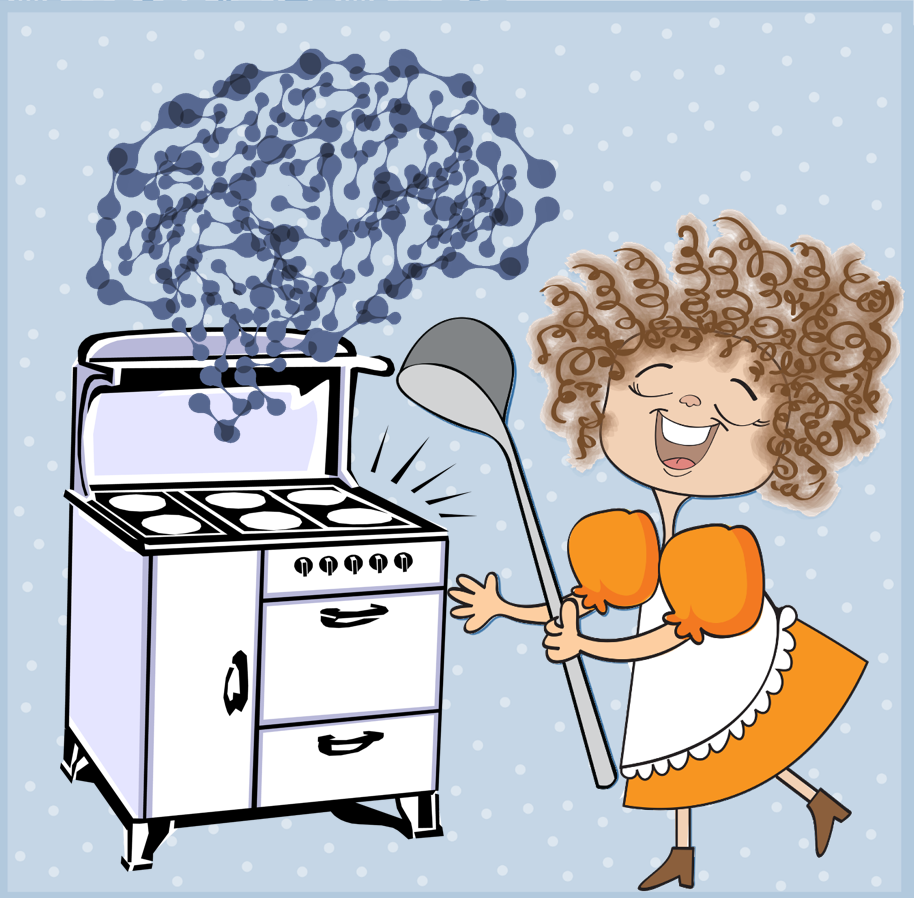Most people understand science has played an important role in getting the food they eat from the farm to the fork. They probably don’t realize the role science plays in how that food tastes. Yet, taste is often the most important factor in decisions people make about food. Ingrid Appelqvist, research group leader and food R&D policy leader at the CSIRO, writes, “People tend to make choices based on how food tastes. Typically, the more sugar, salt and fat in the food, the more we will like it. Genetics, experience and environment also influence our perception of food and the consumption choices we make.”[1] Cognitive computing can help identify flavor preferences and those preferences can help consumer packaged goods (CPG) manufacturers and other food providers better meet their customers’ needs.
The Changing World of Flavors
Most people use the terms “taste” and “flavor” interchangeably. Technically, however, taste refers to our five primary tastes — sweet, sour, salt, bitter, and umami. Some scientists believe there is a sixth sense — starchy. Emma Mills reports, “Until now, it was believed that humans could only detect five different primary tastes: sweet, salty, sour, bitter and, added to the list seven years ago, umami. Researchers claim we’re capable of tasting a ‘starchy’ flavor too.”[2] Flavor, on the other hand, involves the six tastes combined with other senses (smell, vision, touch, and sound). While tastes are fairly standard, we each enjoy a different flavor experience even when eating the same dish. You probably noted that Mills used taste and flavor interchangeably. She can be forgiven since all of us are guilty of doing the same thing.
Every year McCormick® publishes a Flavor Forecast® predicting what flavors are becoming popular. This year’s forecast includes the rise of Handheld Flavor Fusion. McCormick chefs write, “Take to the streets for the latest fusing of global cuisines. Carts, trucks and food halls are merging high-flavor fillings with unique crepes, buns and breads for loaded street fare you eat with your hands.” Another trend is hot pots. “Throw an Asian hot pot party and leave the cooking to your guests. Gather friends around a steamy pot of deeply flavored broth. Offer meat, seafood and veggies for dunking, then finish with various toppings for a new DIY meal. This East Asian favorite can be easily changed up to go Mexican, Caribbean and more.”
These create-your-own food trends could give meal kit providers a run for their money. Tom Ryan writes, “While meal kits have earned more buzz, a similar yet simpler option gaining traction are online shoppable recipes.”[3] He notes cost savings make shoppable recipes attractive. “The cost savings,” he reports, “come from the use of standard grocery packaging versus the need to measure and individually bag ingredients in recipe portions as meal kits do.” Pamela DeLoatch believes shoppable recipes are a good idea. She writes, “An alternative to the meal kit concept could provide consumers even more options. Shoppable recipes enable consumers to select online recipes, shop the ingredients from an online grocer, and have them delivered or be available for store pickup. This method increases the number of recipes available, and allows the customer to make changes as desired, creating meals that meet specific nutritional plans.”[4]
Cognitive Computing and Shoppable Recipes
My company, Enterra Solutions®, has developed a unique Sensory Identification System (SIS) that employs an innovative scientific method to create highly accurate data representations of the way an ingredient, product or recipe tastes and smells. These identifiers are used to precisely target products and recipes to individuals and households whose preferences match these data representations. The SIS can ingest survey data, retailer POS, loyalty data, along with ClickStream behavioral data, to create a personalized sensory profile for an individual’s or household’s taste and smell preferences. This provides deep market intelligence that allows CPG manufacturers and marketers to create highly targeted and effective campaigns.
Another unique offering is Enterra’s SensoryMap™. Our SensoryMap solution provides companies an easy-to-understand way to visualize consumption and demand patterns by geography. This way they can know what Americans are eating and what they will prefer to eat in the future. Predictive modeling allows marketers to simulate consumer acceptance by region, proving deep insight and forecasting capabilities. Pre-mapping preferences to geography allows marketers to quickly determine if a product will sell well in a given area. Enterra’s SensoryMap products are available by any number of individual zip codes. They can be augmented with additional data and insights to improve forecasting, enhance target marketing and better align inventories to demand.
Enterra also offers Product Placement & Recipe Targeting. With Enterra’s targeted recipe insertions and product placement option, CPG companies face an emerging opportunity to spur product demand, directly, at the same time consumers make decisions as they browse web-based food content related to recipes, shopping and cooking. The key is our unique ability to capture vast amounts of consumer data, analyze it in real-time, recommend and inject products directly into web-based content. Targeted and highly engaging, Enterra recipe insertion and product placement transforms Big Data into big opportunities for CPG companies.
Summary
Enjoying a good home cooked meal is coming back in fashion. For home cooks requiring convenience, meal kits are good idea. For people who prefer shopping for themselves, appreciate the lower cost of grocery store prices, and cooking from scratch, shoppable recipes are great idea. CPG manufacturers and retailers can take advantage of the home cooking trend by leveraging cognitive computing capabilities to get the right recipes and the right ingredients to the right consumers at the right time.
Footnotes
[1] Ingrid Appelqvist, “The science of taste — or why you choose fries over broccoli,” In Daily, 1 June 2017.
[2] Emma Mills, “Scientists discover ‘sixth taste’ — and it could explain our love of pasta, potatoes and bread,” The Telegraph, 5 September 2016.
[3] Tom Ryan, “Are shoppable recipes a bigger opportunity than meal kits?” RetailWire, 20 December 2017.
[4] Pamela DeLoatch, “Are shoppable recipes a bigger deal than meal kits?” Food Dive, 20 December 2017.





